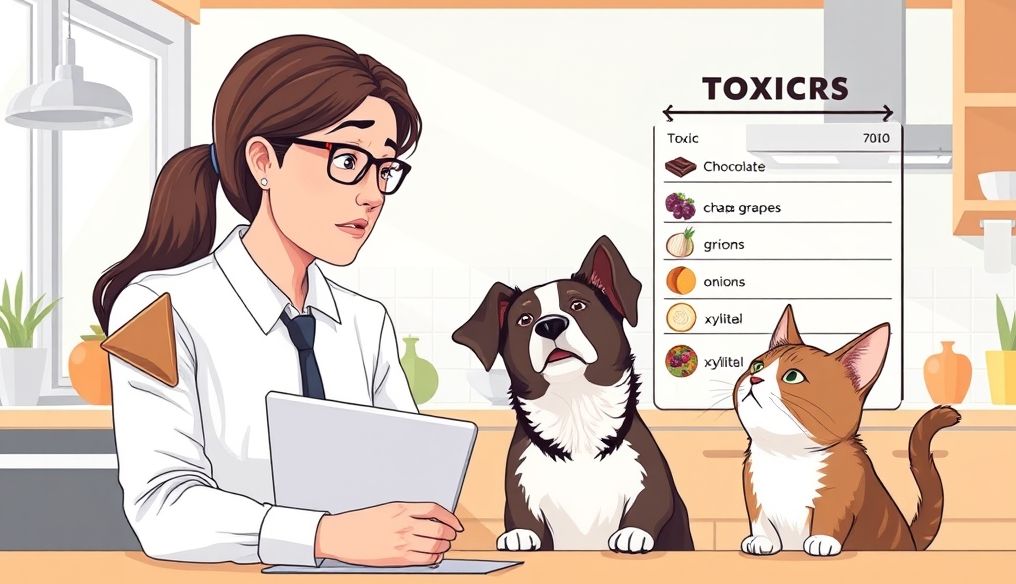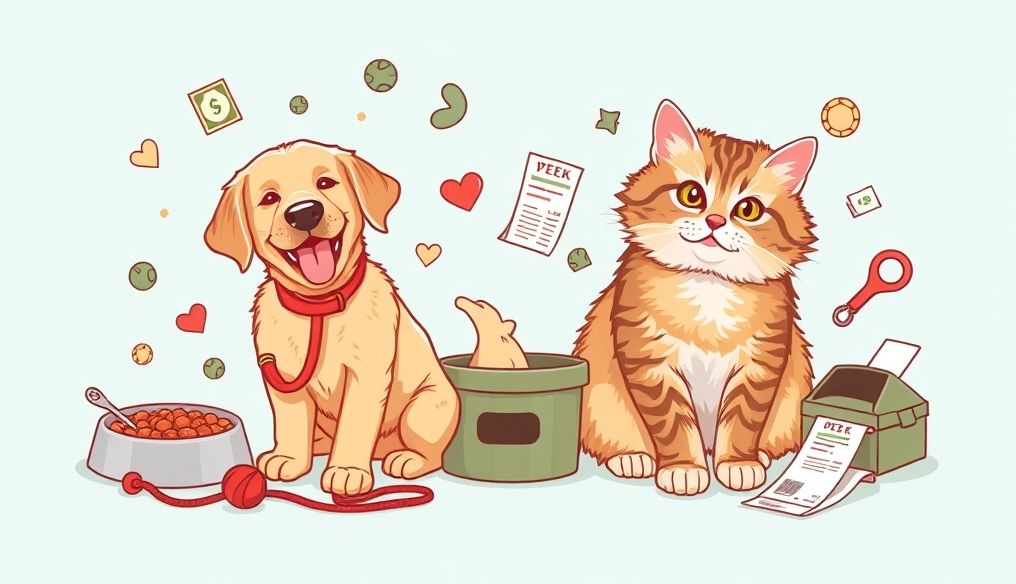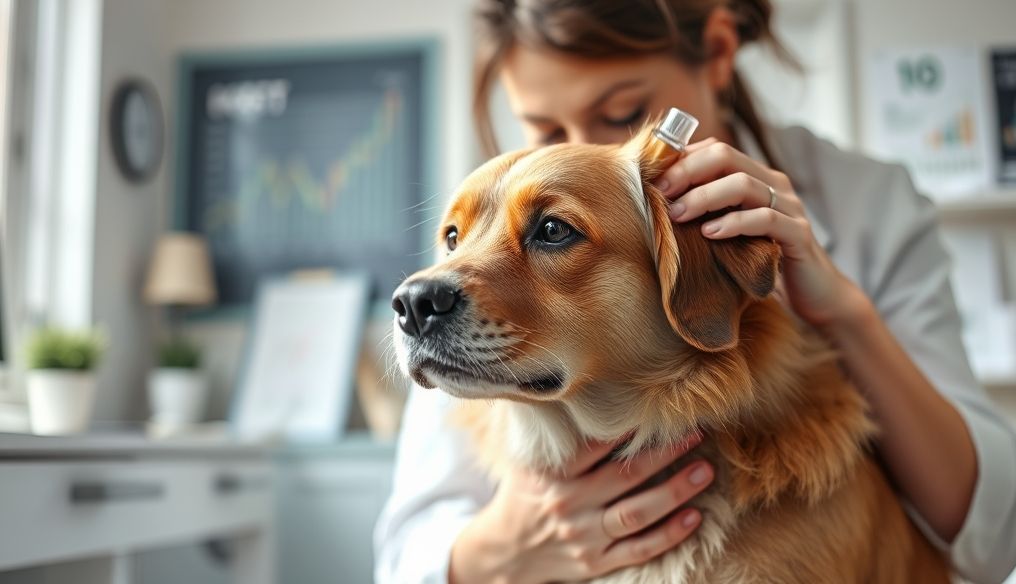Introduction: The Importance of Monitoring Your Pet's Health
Pets bring joy and companionship to our lives, and our responsibility to them includes ensuring their health and well-being. Unfortunately, pets cannot directly tell us when they are feeling unwell, making it essential for us to be vigilant observers. Recognizing the early signs of illness can make a significant difference in diagnosis, treatment, and recovery.
Chapter 1: Changes in General Behavior
Changes in your pet's general behavior are often the first signs that indicate a health problem. Pay attention to:
- Lethargy and Inactivity: If your pet is less active than usual, sleeping more, or refusing to play, it may be a sign of illness.
- Sudden Aggression: If your pet suddenly becomes aggressive, it may be due to pain or discomfort.
- Hiding and Isolation: If your pet is hiding more than usual or avoiding social interaction, it may be sick or feeling unwell.
- Changes in Vocalization: A change in a dog's bark or a cat's meow can indicate a health problem, such as laryngitis.
Chapter 2: Changes in Appetite and Drinking
Appetite and drinking habits are important indicators of your pet's health. Note:
- Loss of Appetite: If your pet refuses to eat or reduces the amount of food it consumes, it may be a sign of illness.
- Increased Appetite: In some cases, increased appetite may indicate health problems such as diabetes or hyperthyroidism.
- Increased Thirst and Urination: Excessive thirst and frequent urination may indicate kidney problems or diabetes.
- Difficulty Swallowing: If your pet is having difficulty swallowing, it may be due to a sore throat or a foreign object.
Chapter 3: Digestive Issues
Digestive issues are common in pets and include:
- Vomiting: Frequent or persistent vomiting can indicate a variety of problems, such as food poisoning or gastroenteritis.
- Diarrhea: Diarrhea can be a sign of a bacterial or viral infection, food allergy, or parasites.
- Constipation: Difficulty defecating or not defecating can indicate a bowel obstruction or digestive problems.
- Blood in Stool or Vomit: The presence of blood in the stool or vomit is a serious sign that requires immediate medical attention.
Chapter 4: Respiratory Problems
Respiratory problems can be very serious in pets. Pay attention to:
- Coughing: Persistent or severe coughing can indicate bronchitis, pneumonia, or heart disease.
- Difficulty Breathing: Difficulty breathing or heavy panting can be a sign of asthma, heart failure, or a foreign object in the airway.
- Sneezing: Frequent sneezing can indicate an upper respiratory infection.
- Nasal or Eye Discharge: Nasal or eye discharge can be a sign of a viral or bacterial infection.
Chapter 5: Skin and Coat Problems
The skin and coat are a mirror of your pet's health. Note:
- Excessive Shedding: Excessive shedding can indicate a food allergy, fungal infection, or thyroid problems.
- Persistent Itching: Persistent itching can be a sign of skin allergies or parasites such as fleas or ticks.
- Redness and Irritation: Redness and irritation can indicate dermatitis or a bacterial infection.
- Lumps or Tumors: Any lumps or tumors that appear on your pet's skin should be checked by a veterinarian.
Chapter 6: Eye and Ear Problems
Eye and ear problems can be very painful for your pet. Pay attention to:
- Eye Discharge: Eye discharge can indicate conjunctivitis or another infection.
- Redness of the Eye: Redness of the eye can be a sign of inflammation or injury.
- Squinting or Blurred Vision: If your pet is squinting or seems unable to see clearly, it should be checked by a veterinarian.
- Excessive Ear Scratching: Excessive ear scratching can indicate an ear infection or the presence of parasites.
- Ear Discharge: Ear discharge can be a sign of a bacterial or fungal infection.
Chapter 7: Mobility and Joint Problems
Mobility and joint problems are common in older pets, but they can also occur in younger animals. Note:
- Difficulty Getting Up or Sitting Down: Difficulty getting up or sitting down can indicate arthritis or back problems.
- Limping: Limping can be a sign of injury or inflammation in the joints or bones.
- Stiffness of Joints: Stiffness of the joints can be a sign of arthritis.
- Avoiding Jumping or Climbing Stairs: If your pet is avoiding jumping or climbing stairs, it may be due to pain or discomfort.
Chapter 8: When Should You Visit the Veterinarian?
It is important to remember that these signs are only a guide and should not replace a professional veterinary examination. If you notice any of these signs or any other concerning changes in your pet's behavior, it is always best to consult a veterinarian as soon as possible. Early diagnosis and appropriate treatment can greatly improve your pet's chances of recovery.
Important Tip: Keep a record of all your pet's vaccinations and medical checkups. This record will be helpful to the veterinarian in diagnosing any health problems.




